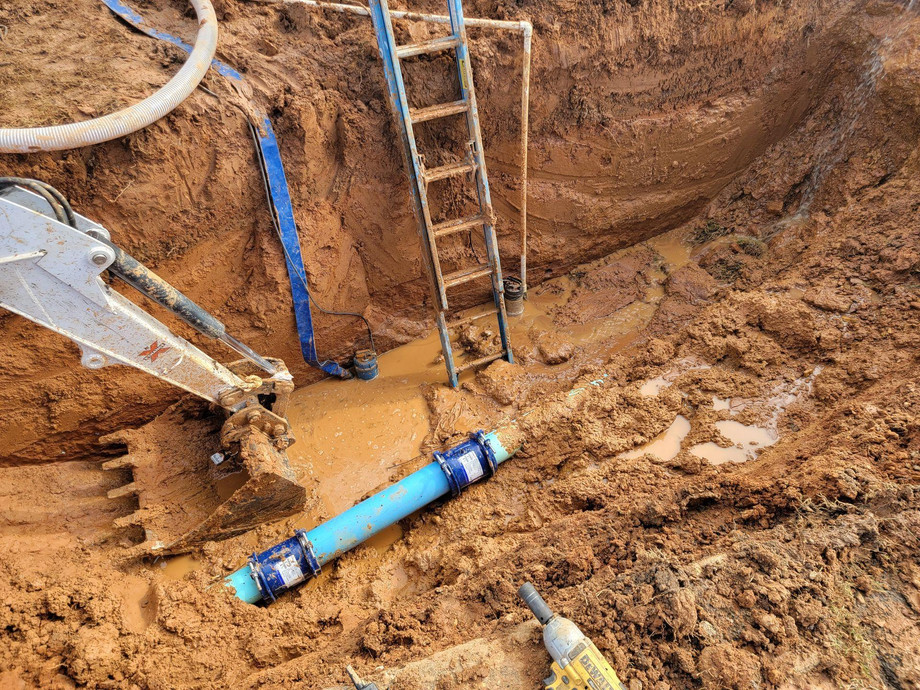Storms can be both breathtakingly beautiful and incredibly destructive. While we marvel at the power of nature, it's essential to prepare for its fury. One crucial way to stay safe during severe storms is by having a storm shelter. In this article, we will explore storm shelters, what they are, why they are important, and how they can provide you and your loved ones with a secure refuge when the skies turn ominous.
What is a Storm Shelter?
A storm shelter, also known as a tornado shelter or storm cellar, is a specially designed structure or space that provides protection from extreme weather events, such as tornadoes, hurricanes, and severe thunderstorms. These shelters are built to withstand high winds, flying debris, and other hazards associated with violent storms.
Types of Storm Shelters:
Above-Ground Storm Shelters: These are standalone structures that are typically constructed near or attached to a home. They can be made of materials like reinforced concrete, steel, or reinforced fiberglass. Above-ground storm shelters are easily accessible and provide protection from both tornadoes and hurricanes.
Underground Storm Shelters: As the name suggests, these shelters are built below ground level and are often located in a backyard or garden. They offer protection against tornadoes and are particularly useful in areas with a higher risk of such storms.
Safe Rooms: Safe rooms are reinforced interior spaces within a home or building designed to withstand extreme weather conditions. They are a more practical option for those who do not have the space or resources for a standalone storm shelter.
Why Are Storm Shelters Important?
Storm shelters play a vital role in ensuring the safety and well-being of individuals and communities during severe weather events. Here's why they are essential:
Life-Saving Protection: Storm shelters offer a safe haven from the devastating effects of storms, reducing the risk of injury or loss of life.
Peace of Mind: Having a storm shelter provides peace of mind, knowing that you have a secure place to go when severe weather strikes.
Property Protection: Storm shelters also help protect your property and possessions from damage caused by high winds, hail, and flying debris.
Community Resilience: When more people have access to storm shelters, it strengthens community resilience and disaster preparedness.
Emergency Shelter: In cases where evacuation is not possible, storm shelters can serve as temporary emergency shelters until it is safe to return home.
Choosing the Right Storm Shelter:
Selecting the right storm shelter for your needs involves considering various factors:
Location: Your geographical location and the type of storms common in your area will influence your choice. Consult local emergency authorities for guidance.
Size: Consider the number of people and pets who will need shelter. Storm shelters come in different sizes to accommodate varying capacities.
Accessibility: Above-ground shelters are more accessible but may not be suitable for everyone. Underground shelters require stair or ladder access, which may be challenging for some individuals.
Durability: Ensure that the storm shelter you choose meets or exceeds local building codes and safety standards for withstanding extreme weather conditions.
Installation: Professional installation is crucial to ensure the shelter is properly anchored and sealed to prevent water infiltration.
Cost: Storm shelters can vary in price, so it's essential to determine your budget and explore options within that range.
Maintaining Your Storm Shelter:
Once you have a storm shelter in place, regular maintenance is key to ensuring its effectiveness:
Regular Inspections: Check your storm shelter periodically for any signs of damage, wear, or deterioration.
Cleanliness: Keep the shelter clean and free from debris to ensure it remains a safe and comfortable space.
Emergency Supplies: Stock your storm shelter with essential emergency supplies, such as bottled water, non-perishable food, a flashlight, a first-aid kit, and blankets.
Family Preparedness: Ensure that all family members are aware of the shelter's location and know how to use it in case of an emergency.
For More Info:-
septic tank system installation
Septic Tank Pumping in Water Valley
Utility Installation Service in Mississippi






Comments